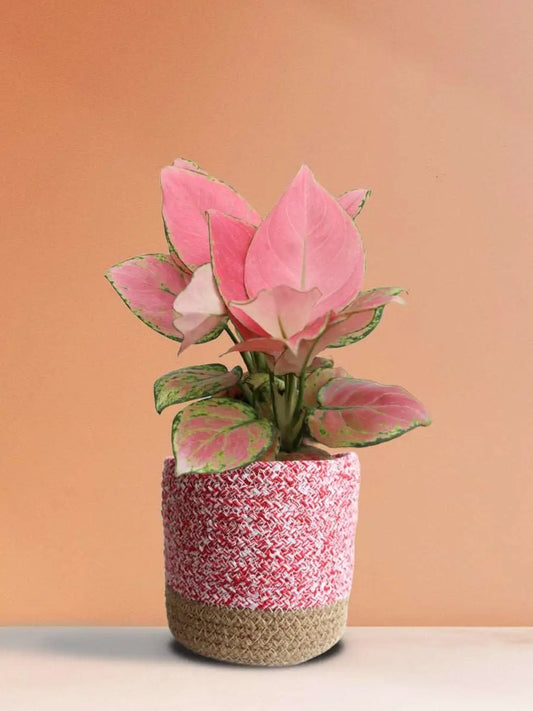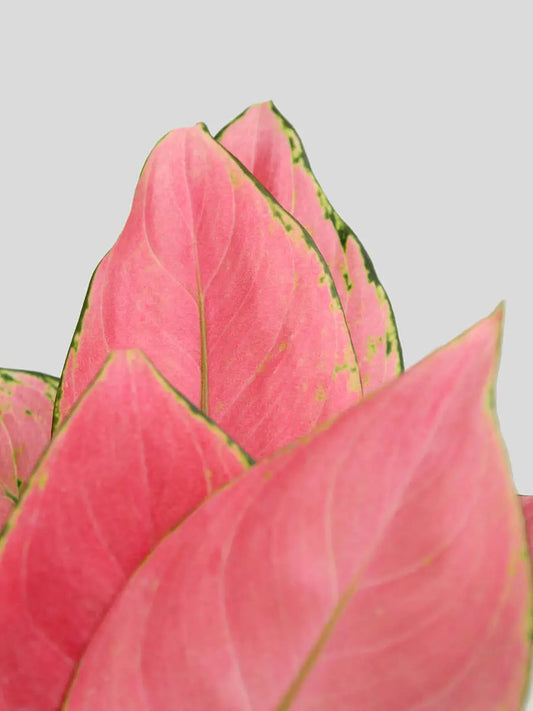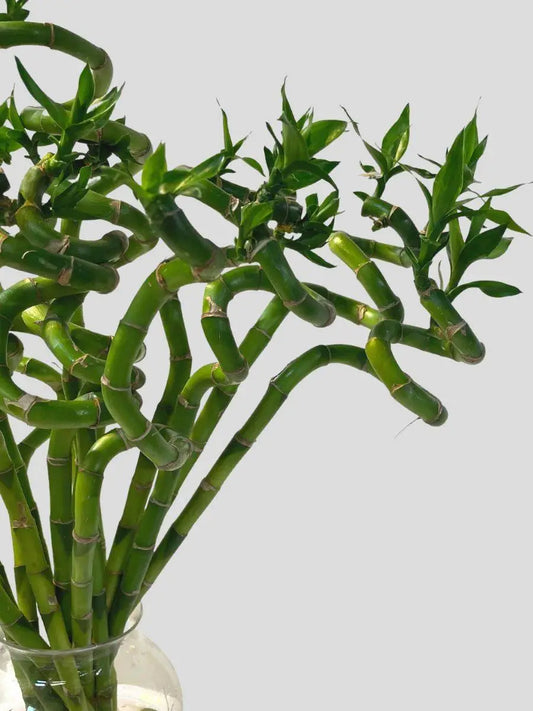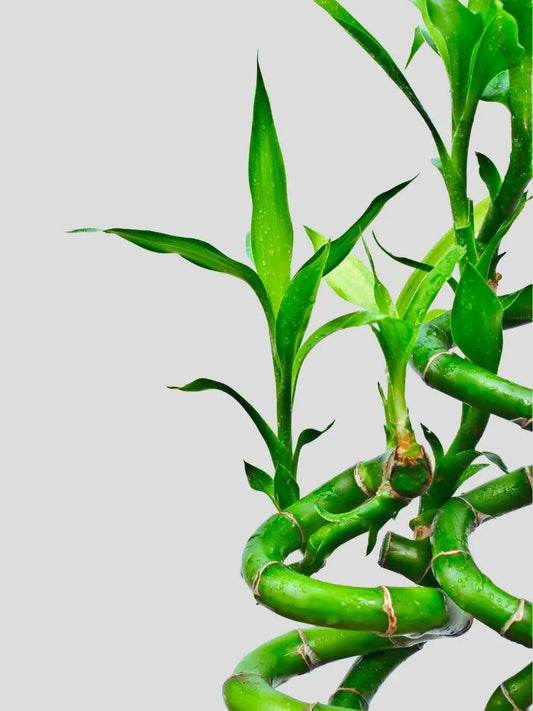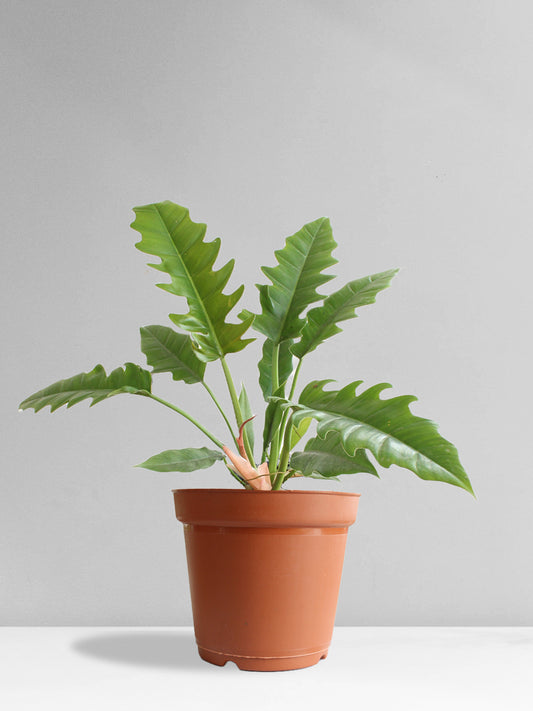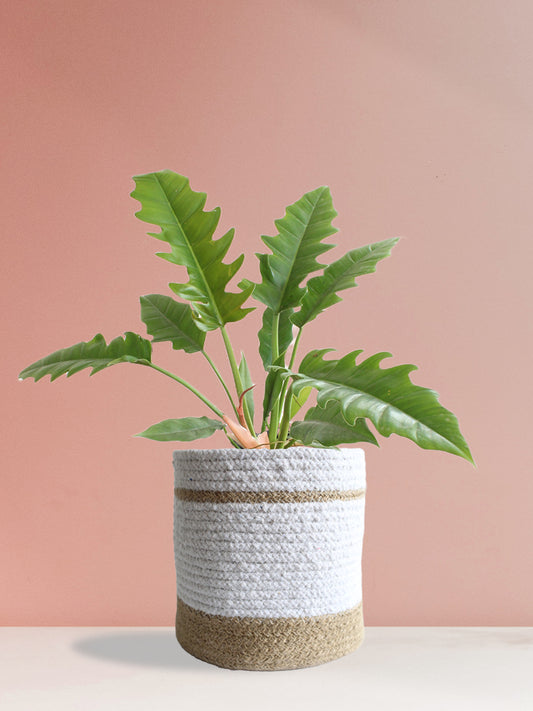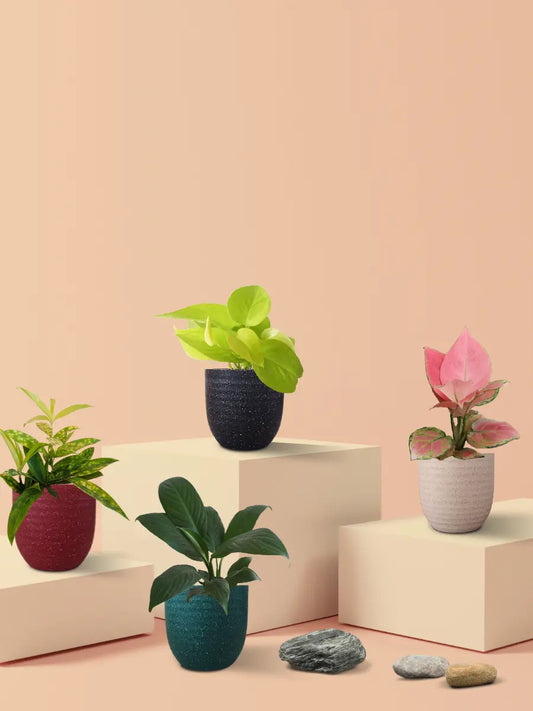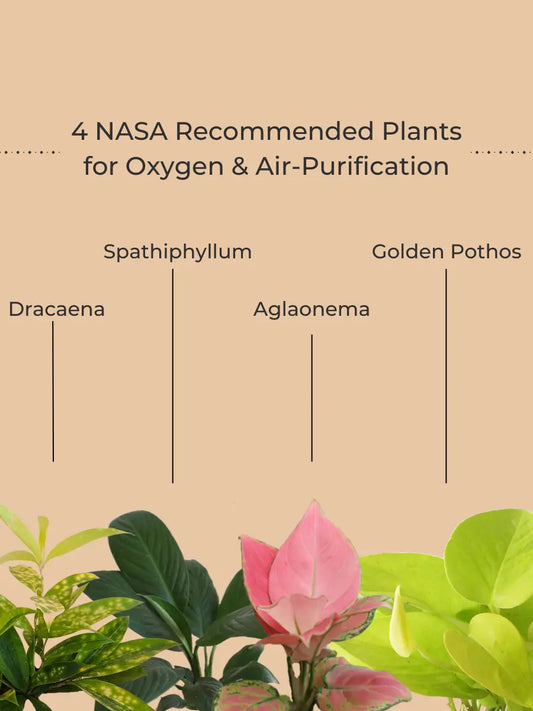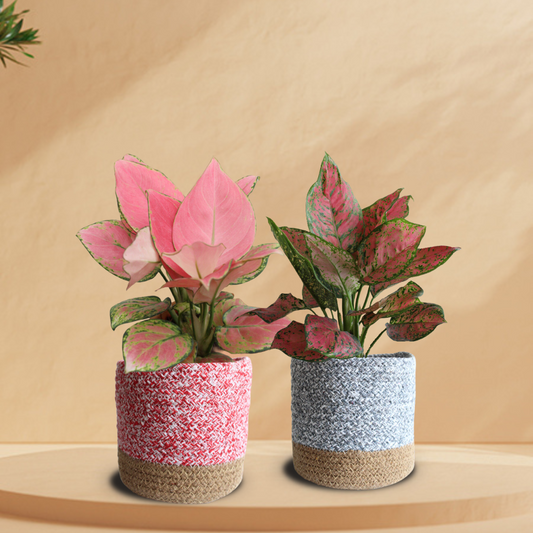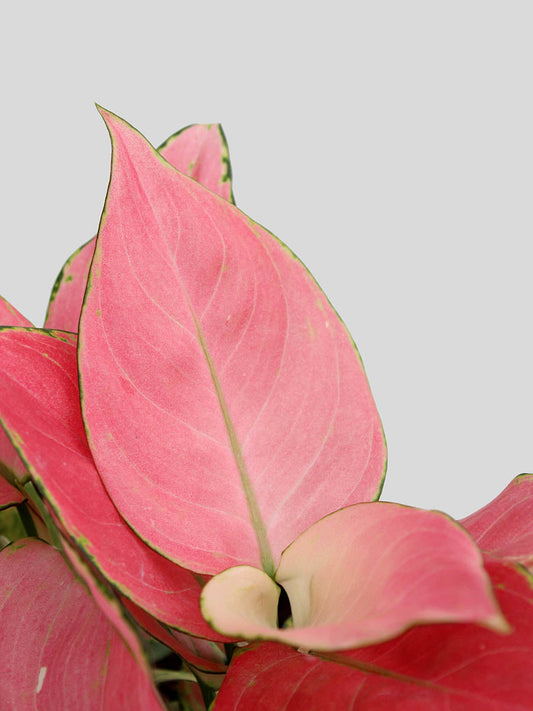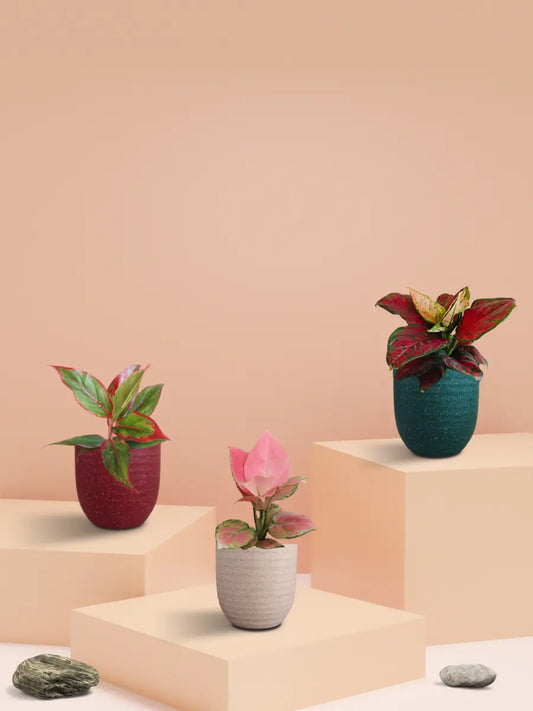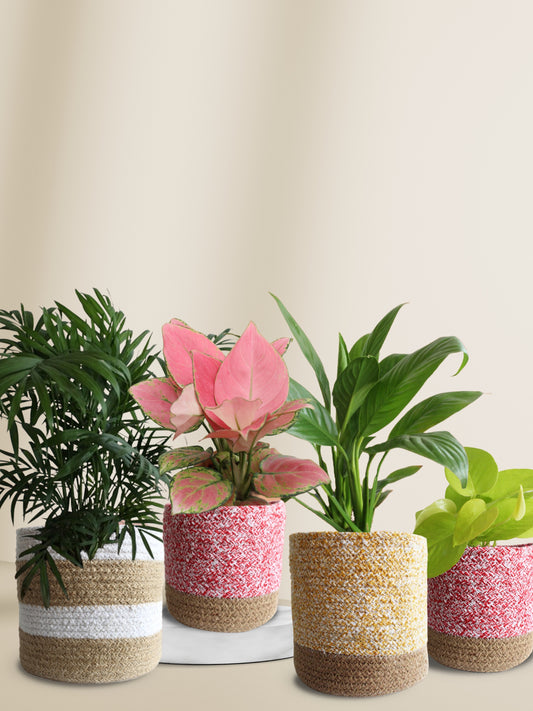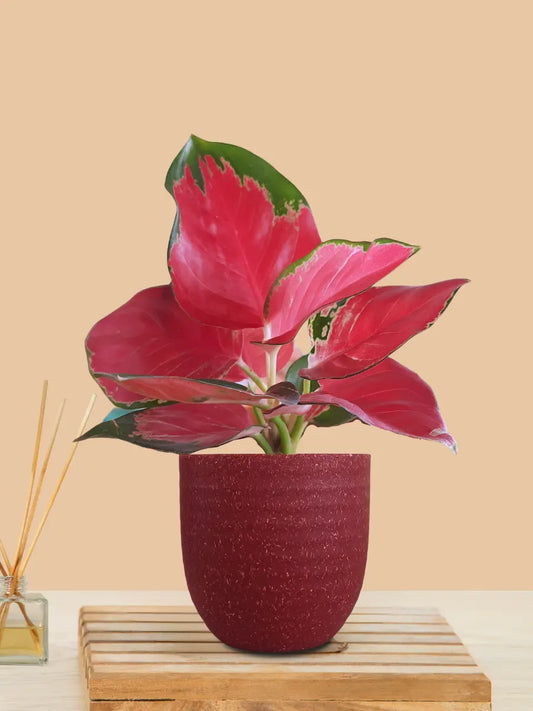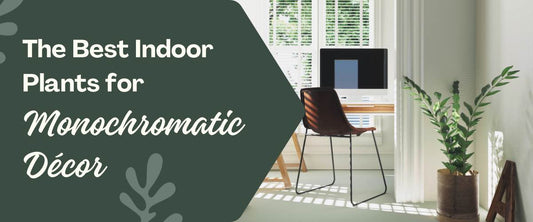Aquarium Plants Guide
Aquarium plants can completely transform the look of your aquarium. Not only do they make any tank look beautiful, but they also give fish an environment to live in, inhibit algae growth by removing nutrients, give fish oxygen, encourage bacterial growth that breaks down organic matter in the tank, stop the spread of disease, & perform many other beneficial activities. Continue reading to learn more.
Explore the engaging world of planted aquariums. These aquariums have many beautiful aquatic plants that are also good for the fish & other marine life that live there. Find out about the different types of plants, how to take care of them, & how they can help the aquatic habitat.
What are aquarium plants?
The term "aquarium plants" refers to aquatic plants that are grown in environments that are associated with water, such as ponds & aquariums. These plants have adapted to life in water & are essential to a balanced & aesthetically pleasing aquatic environment.
Additionally, aquatic plants are also known as hydrophytes & macrophytes. They offer food, shelter, air, & substrate. They influence earth chemistry & light distribution as primary producers. They serve as a protective barrier for aquatic creatures & are common in wetlands.
How to Choose Your Aquarium Plants
Selecting & placing aquarium plants is simpler when considering tank dimensions & lighting. Knowing the plants' growing needs makes the choice easier. Consider the size of the tank, where the plants will need to be placed in the tank, & the habits of the fish you are keeping or would like to keep.
Tank Dimensions, Lighting, & Positioning:
For example, some plants do well in ponds (or aquariums) that don’t get a lot of light. Because they grow slowly & require little care, these plants are suitable for beginners & low-tech sets.
Although some plants do better in medium-sized tanks, others do better in large tanks. How these are placed depends on how big plants they are.
In addition to being at the base, the roots should be located in the center, backdrop, or midsection. For the plants' healthy growth, this will also make sure they get the right amount of fertilizer (food source) & light.
Remember that various plants need various amounts of nutrients. Stem plants get most of their food from the water around them, while root plants get food from the ground.
That's why it's important to choose the right plants for your tank & feed them the right fertilizer, which can be tablets or liquid.
Also Check This: Picking Up The Right Spots For Placing Plants
The Different Types of Aquarium Plants
There are three main types of aquarium plants. Each plant type contributes in its own unique way to the aquarium's ecosystem & aesthetics. The three different types of aquarium (aquatic) plants are:
- Submerged Plants:
- Emergent Plants:
- Free Floating Plants:
1. Submerged Plants:
Submerged plants have roots at the bottom of the pond & grow up through the water. They give fish places to hide & add air to the water. On the other hand, if they grow too close together, they can block water flow & lower oxygen levels, among other problems.
Common plants that grow in water are eelgrass, elodea, & American pondweed. Non-native species that grow in water are hydrilla & parrotfeather milfoil.
2. Emergent Plants:
Emergent plants have roots at the bottom of the pond, but they grow above the water. They may be floating emergent or standing emergent. Floating emergent plants, like water lilies, grow on top of the water & have roots in the soil.
Erect emergent plants, on the other hand, grow straight through the water. Some of these plants can make an aquarium look nice, but too many can make it hard to get to the water.
3. Free Floating Plants:
Free-floating plants are those that float freely on top of the water rather than being deeply rooted in soil. They usually live in places where the water doesn't move much.
Duckweed & watermeal are common free-floating plants. Water hyacinth & giant salvinia are non-native plants. These plants are host to bugs that fish eat, but they can also bring in mosquitoes & other bugs you don't want.
Using aeration devices or circulators to move water can help you control plants that float on the water.
13 Best Plants for Aquariums
Explore 13 aquatic plants for a beautiful aquarium. Each has a unique character, including creating visual appealing, protecting aquatic life, & improving the aquatic environment. The 13 best plants for aquariums are:
- Amazon Sword
- Java Fern
- Marimo Moss Ball
- Aponogeton Crispus
- Bacopa Caroliniana
- Christmas Moss
- Vallisneria
- Dwarf Sagittaria
- Hornwort
- Anubias Nana
- Pogostemon Helferi
- Anacharis Plant
- Ludwigia Repens
1. Amazon Sword:

The Amazon sword plant is a great & easy way to decorate an aquarium. Its leaves are brighter green & more striking than most other aquarium plants, which is why fish tank fans love it so much.
The large, swordlike leaves give the Amazon Sword its name. This reliable plant can tolerate low light, making it ideal for beginner aquarium enthusiasts.
2. Java Fern:

The Java Fern is another great aquarium plant. The right placement of this aquarium plant can create a beautiful background for your tank. Java ferns do well in low light & can grow on rocks or wood for a natural look.
3. Marimo Moss Ball:

The Marimo moss ball is popular among aquarium enthusiasts because of its attractive appearance. The moss ball is a green algal sphere (like a ball) that usually sits on the aquarium bottom.
Fish tanks benefit from algal spheres. First, Marimo moss ball aquarium plants absorb all nutrients, including nitrates & phosphates, limiting algae growth. Additionally, it removes nitrogen from fish waste.
4. Aponogeton Crispus:

Aponogeton crispus, the lace plant, is a popular aquarium plant. The lace plant's delicate leaves give the aquarium a natural appeal. This robust plant can endure a wide range of water conditions more effectively than others, making it excellent for beginners or simple aquariums.
5. Bacopa Caroliniana:

Bacopa caroliniana is another favorite plant for aquariums. This fresh green plant will thrive in any water tank & look great, enhancing the submerged view. Furthermore, Bacopa caroliniana takes in nutrients, which stop algae from growing & make the water clean.
Also Check This: Best Low-Light Indoor Hanging Plants
6. Christmas Moss:

Christmas moss is popular with aquarium enthusiasts for its beautiful appearance & forest-like effect. The delicate structure of this moss provides extra cover for little fish. Additionally, Christmas moss is low-maintenance, making it a great choice for beginners & experts as well.
7. Vallisneria:

Vallisneria (Vals, eelgrass, or tape grass) is another beautiful aquarium plant. This plant grows well in freshwater & saltwater aquariums. The long, flat, ribbon-like leaves of Vallisneria hide fish & charm the aquarium. This plant oxygenates the water, helping the fish & tank remain fresh.
8. Dwarf Sagittaria:

Dwarf Sagittaria is an excellent addition to any freshwater aquarium. This plant is versatile & requires simple care. The grass-like leaves of Dwarf Sagittaria give a magnificent bedding effect in aquariums, especially when used in bunches.
9. Hornwort:

Hornwort is another popular aquarium plant. This resilient plant is popular among beginning & experienced aquarium enthusiasts since it grows in many water conditions. Hornwort oxygenates the water & attracts fish with its fluffy green leaf. This plant controls algae growth & quickly fills an underwater landscape, improving water quality.
10. Anubias Nana:

Anubias nana is another eye-catching aquarium plant for low to moderate lighting. This slow-growing plant with darker, wider leaves gives you outstanding versatility for small tanks & aquarists who want delicate green regions in their aquariums.
11. Pogostemon Helferi:

Pogostemon helferi, often known as 'Downoi' or kiddly-leaf, is currently a worldwide "tankbuster". One of the discoverers said they think it came from E. acicularis' region.
It's easy to see why this plant is called 'downoi'. The leaves are 4–7 cm broad & ruffled. The plant stayed 1-3 inches low within the tank. They have stiff, oblanceolate leaves that are similar to those of a small Eriocaulon species.
12. Anacharis Plant:

Anacharis is another excellent aquarium plant. The low-maintenance ‘waterweed’ enhances water quality by absorbing pollutants. It's easy to grow for beginners. The long, thin roots & lovely green leaves give tanks a natural, peaceful look. This plant thrives in many lighting conditions, making it ideal for many setups.
13. Ludwigia Repens:

Another popular aquarium plant is Ludwigia repens. The bright green & crimson foliage of Ludwigia brightens any aquarium. Ludwigia is hardy & can live in most aquariums.
Since it grows swiftly, it will form a hedge-like mat. Plus, Ludwigia oxygenates the aquarium, improving its well-being.
Also Check This: Decorate Your Balcony with Stunning Plants: Decor Ideas
Benefits of Aquarium Plants
Learn the benefits of aquarium plants' health & aesthetic benefits. The plants in an aquarium also give the fish a natural environment, a place to hide, & help keep the ecosystem in order, make the water better, & improve the health of all the aquatic life in the tank. Delve into some of the benefits of aquarium plants as follows:
- Provide water filtration: Live aquarium plants remove nutrients & replace them with oxygen, improving water filtration. Making the water better like this keeps aquatic animals like fish, amphibians, & invertebrates in the tank or aquarium healthy. Living plants make the water more oxygenated, which is good for fish health. Plants improve the water quality for fish by absorbing carbon dioxide & releasing oxygen.
- Useful for aquatic inhabitants as food: Living plants can also feed some fish. Some fish, such as plecos, goldfish, & silver dollars, actually prefer to feed on green plants.
- Provide aquatic life with shelter: Live plants can also be used as cover for fish. For fish that are anxious or protective & need a place to hide, they build shelters & other places to hide in aquarium plants. Additionally, some types of fish also lay more eggs if there are live plants in the aquarium. More living plants mean more opportunities for fish to lay their eggs on the undersides of leaves, where they feel safer.
- Aquarium plants limit algae growth: Having live plants also prevents algal growth. Lichens grow in water that has too many fertilizers. However, these nutrients can be taken up by living things, which reduces the amount of algae in the aquarium. Not only does this improve the water, but it also makes the tank look better.
How to care for aquarium plants
There are different types of aquarium plants based on how much carbon dioxide (CO2) they need, whether they need to be planted in the substrate or attached to rocks or wood, how much light they need (high, medium, or low), whether they need good fertilizers & CO2 to grow well, whether they are demanding, whether they eat often at the roots, & so on. The following recommended maintenance steps to care for aquarium plants include:
- Water quality: Keeping the water clean is important for the plants in the aquarium. Proper filtering & frequent refilling of water are needed to keep the water clean & free of harmful substances. Regularly check the water's pH, ammonia, nitrite, & nitrate levels to make sure they are in the right range for your plants.
- CO2 levels: CO2 is needed for aquarium plants to stay alive. Plants thrive & maintain their vibrant colors when CO2 levels are just right. One way to add CO2 to your aquarium is to use a CO2 injection device. Another way is to add liquid carbon supplements. Be aware of the CO2 levels & adjust them as needed to meet the needs of your plants.
- Regular care & pruning: Regular care & pruning are needed to keep your aquarium plants healthy. To keep the water clean, remove any leaves that are wilting or falling off. Remove any pathogens that may have settled on the plants or decorations to maintain a clean & healthy environment. Additionally, move the plants occasionally to ensure they get enough light & food.
- Fish compatibility: Choose fish that get along with your aquarium plants. Few types of fish might harm the plants by eating them or pulling them out of their habitat. Make sure the fish you want to keep won't hurt your plants by learning how they act & what they like to eat. Also, don't put any chemicals or medicines that could hurt the plants in the aquarium.
Also check out this: Evergreen Climbing Flowers in India
Conclusion
Enhance your aquarium experience by adding aquarium plants that promote beauty & aquatic life well-being. Discover the various types, pick the best one for your tank, & get important maintenance advice for a healthy aquatic environment. Aquarium plants make the water better by taking in nutrients & releasing oxygen. This makes the tank a healthy place for fish, amphibians, & invertebrates, & it also helps keep the ecosystem balanced.


